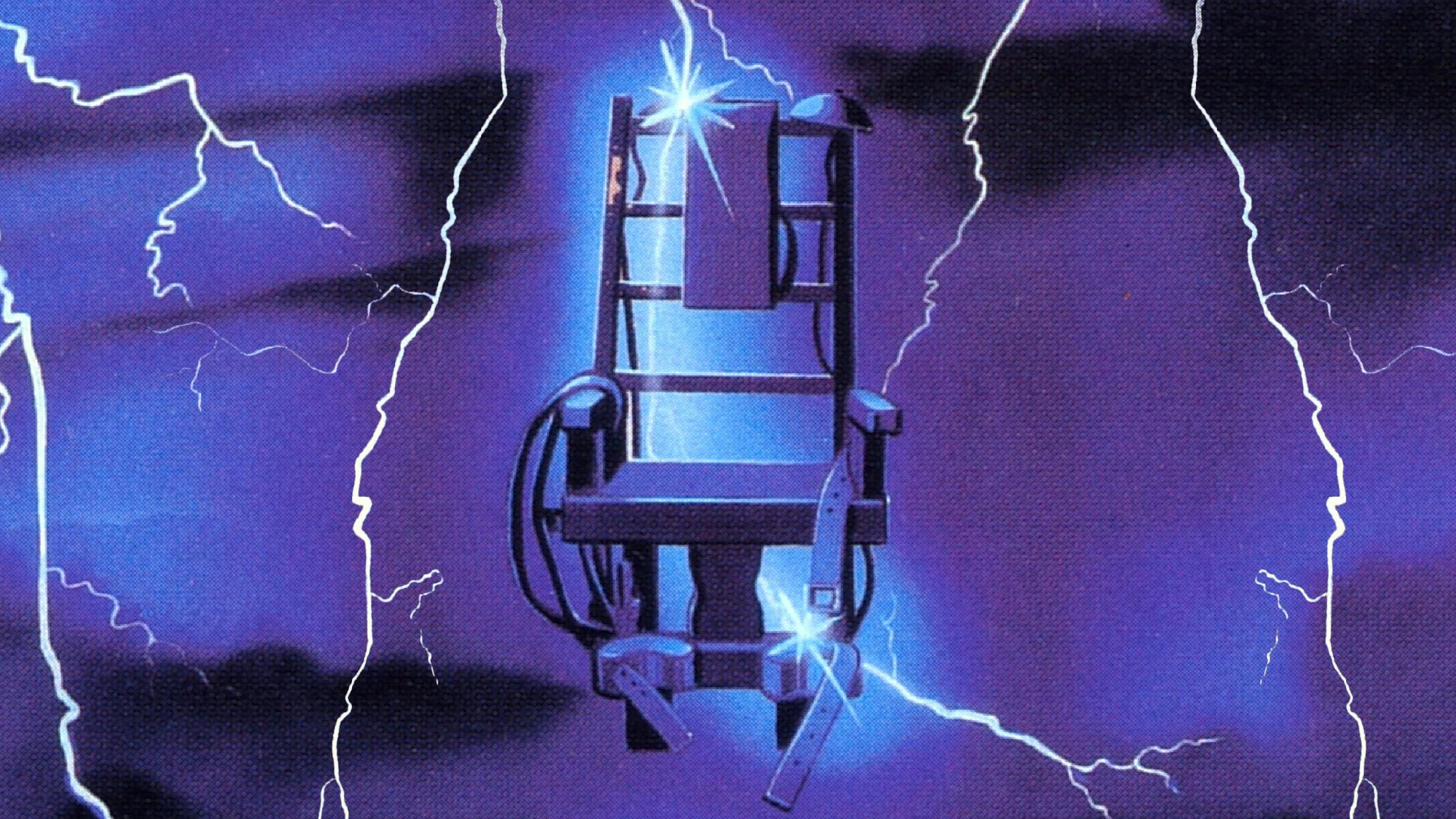Ride The Lighting was recorded over the space of three weeks, from February 20 to March 14, 1984, at Sweet Silence studio in Copenhagen, Denmark with producer Flemming Rasmussen. The location was Lars Ulrich’s choice: the drummer had noticed that Rainbow’s Difficult To Cure album had been recorded in his former hometown and realised that exchange rates meant that Metallica would be able to record at Sweet Silence for a fraction of the fee they would pay for a similar quality Californian recording studio. 1984 had started badly for the group with the theft of guitars and equipment – including James Hetfield’s favourite Marshall amp – ahead of a scheduled club show in Boston, but by the time the quartet arrived in Copenhagen they were in high spirits, following the completion of their first ever European tour, as support to black metal pioneers Venom. Flemming Rasmussen was impressed by the group’s professionalism (though less so initially by Lars’ time-keeping), and helped shape three new songs – the crunching For Whom The Bell Tolls, Trapped Under Ice and Escape – in the studio.
When the album was in the can, Metallica headed to England for the first time as a band, for two shows at London’s fabled Marquee club. Those is attendance at the first of these, on Match 27, can boast to having been among the very first to have heard the album’s title track played in the UK.
Ride The Lighting was released on July 27, 1984 on Music For Nations in the UK, and Megaforce Records in America. In his review of the album in Kerrang!, long-time supporter Xavier Russell pronounced the album “nothing short of breathtaking”. Only an idiot would disagree. On every level – songwriting, dynamics, musicianship, lyrical depth – Ride The Lightning represented a quantum leap from the feral, raw fury of Kill ’Em All. The sound of four increasingly confident and capable young musicians growing into their own skin, it’s a fearless, uninhibited declaration of independence from a band who refused to be contained within the ‘faster, louder’ parameters of their debut. On first listen, the most striking departure was Fade To Black, Metallica’s first ever ballad, dealing with themes of suicide, helplessness and despair, written by a broken-hearted James Hetfield following the theft of the band’s gear in Boston.
“I’m sure I wasn’t really thinking of killing myself,” he later noted, “but it was my favourite Marshall amp!” For thrashers, Fight Fire With Fire and Creeping Death were emphatic proof that the group had lost none of its ability to rage. The only real misstep among the eight tracks is the overly-slick Escape, a blatantly transparent (and ultimately unsuccessful) attempt at writing a commercial radio hit. Such was the band’s own dislike of the track that Escape wasn’t played live until 2012 when the quartet performed Ride The Lightning in its entirety for the first time at their own Orion Music Festival.
